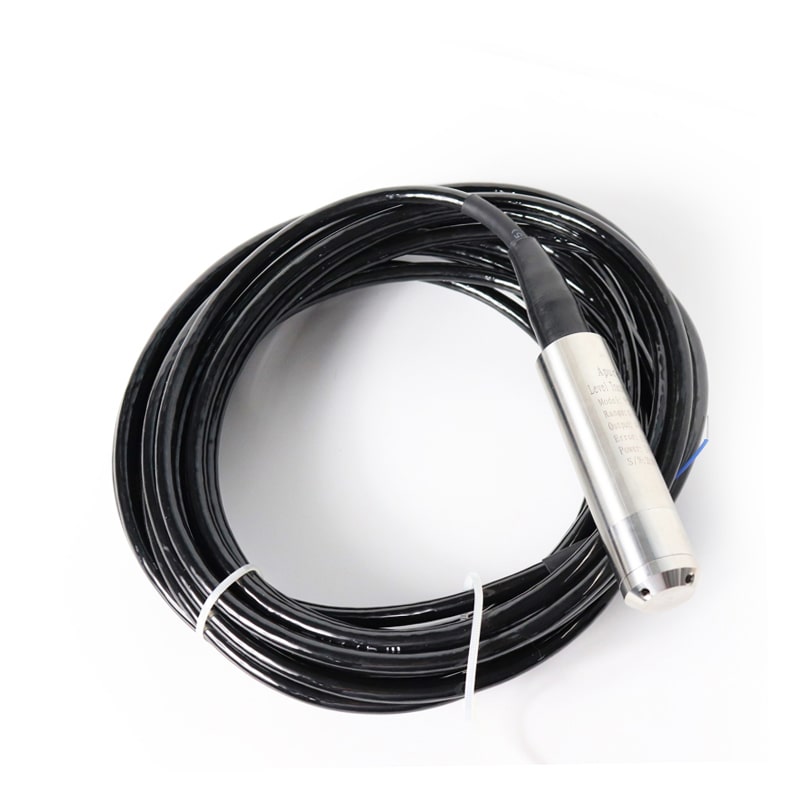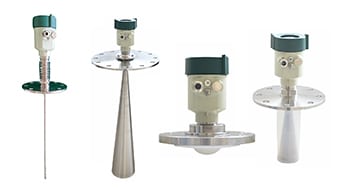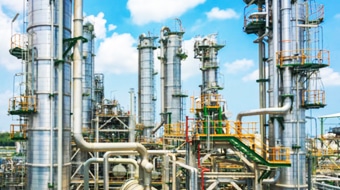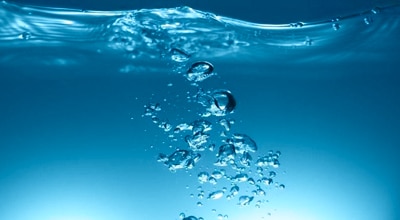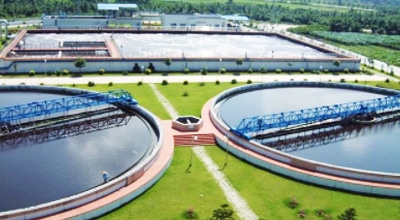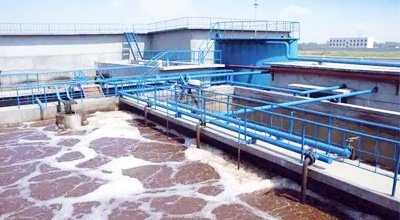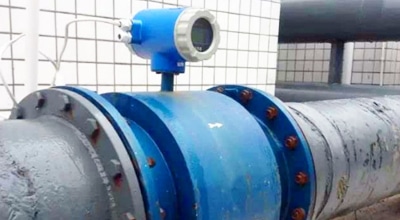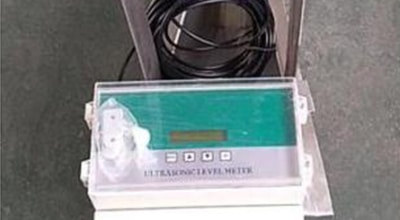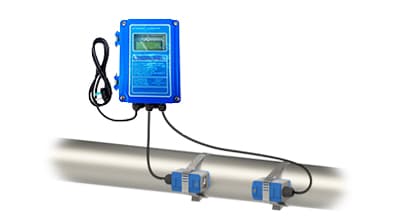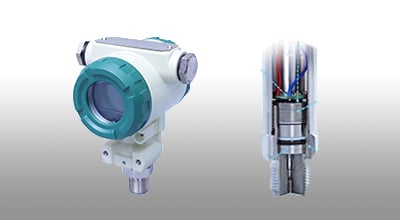Capacitive Level Sensor
Capacitive Level Sensor encapsulates the oil-filled core body in the stainless steel shell, the front end protective cap plays a role in protecting the sensor diaphragm, but also can make the liquid smoothly contact the diaphragm, waterproof wire and shell sealed connection, ventilation pipe is connected with the outside in the cable, the internal structure anti-condensation design. Built-in micro signal processing circuit for remote transmission. It has good stability and reliability.
Capacitive Level Sensor is widely used in environmental protection, water conservancy, variable frequency water supply, industrial process control, chemical and other fields of liquid level measurement control.
How does capacitive level sensor work?
A capacitor is formed by two electrodes that are electrically insulated from each other. The electrodes themselves must be electrically conductive and are usually made of metal. They can be of any shape, although two parallel plates are the most visible.
When a voltage or “potential” is applied to the circuit, the capacitor is able to store energy in an electric field between these electrodes. The properties of a capacitor relate the energy stored in this field to the applied voltage or potential.
By placing a non-conductive material between the electrodes, the capacitor’s ability to store energy increases and therefore capacitance increases. This liquid is called a dielectric. The key property of a dielectric material is the dielectric constant or relative dielectric constant. This property is the amount of charge that can be absorbed by the liquid.
As the liquid is introduced near the electrodes of the capacitor, the capacitance gradually changes and the level can be determined. To measure the change in capacitance, the electrical energy flowing into and out of the electrodes is measured as the circuit potential changes. A regular flow of energy is established by connecting the electrodes to an AC current measurement circuit. The more energy flowing to the electrodes, the higher the capacitance, which means more liquid between the electrodes.
Advantages of non-contact liquid capacitance level sensor
Non-contact technology uses electrodes to detect changes in liquid level. The use of capacitive level sensor technology offers several advantages:
- Ideal for liquids and bulk solids
- They have no moving parts
- Suitable for highly corrosive media
- No mechanical parts
- Long service life, no wear and tear
- No contamination of the fluid (through the sensor)
- Simple replacement in case of failure
- Suitable for plastic and glass containers
- Adhesion can be recognized
- Compared to continuous level sensors, limit level detectors are more robust in the event of deviations.
- For continuous level sensors, self-calibration is performed at first operation
Disadvantage: Limit its use in products that alter electrical properties (especially moisture content)
Capacitive level sensor calibration
Proper sensor calibration requires reference measurements at no load and at full load. Typically, we need to know the dielectric constant of the liquid being measured in order to calibrate a capacitive level sensor at full load. Once the null and full outputs are established, level sensing boils down to correlating the sensor output to these values.
As designed for Apure level sensors, capacitive plates can also be designed as concentric tubes and bars, offering the advantage of reduced interference as well as improved mechanical stiffness and robustness .
All signal processing is managed on-board through fully integrated electronics. Dielectric fluctuations caused by temperature changes are managed through offset values stored in the sensor memory, which are typically programmed during Apure Sensors’ factory calibration.
Application field
Capacitive level measuring instruments are used for level detection in silos, tanks and bunkers for limit detection and continuous measurement. These instruments are typically used in all industrial applications and are capable of measuring liquid and solid materials

